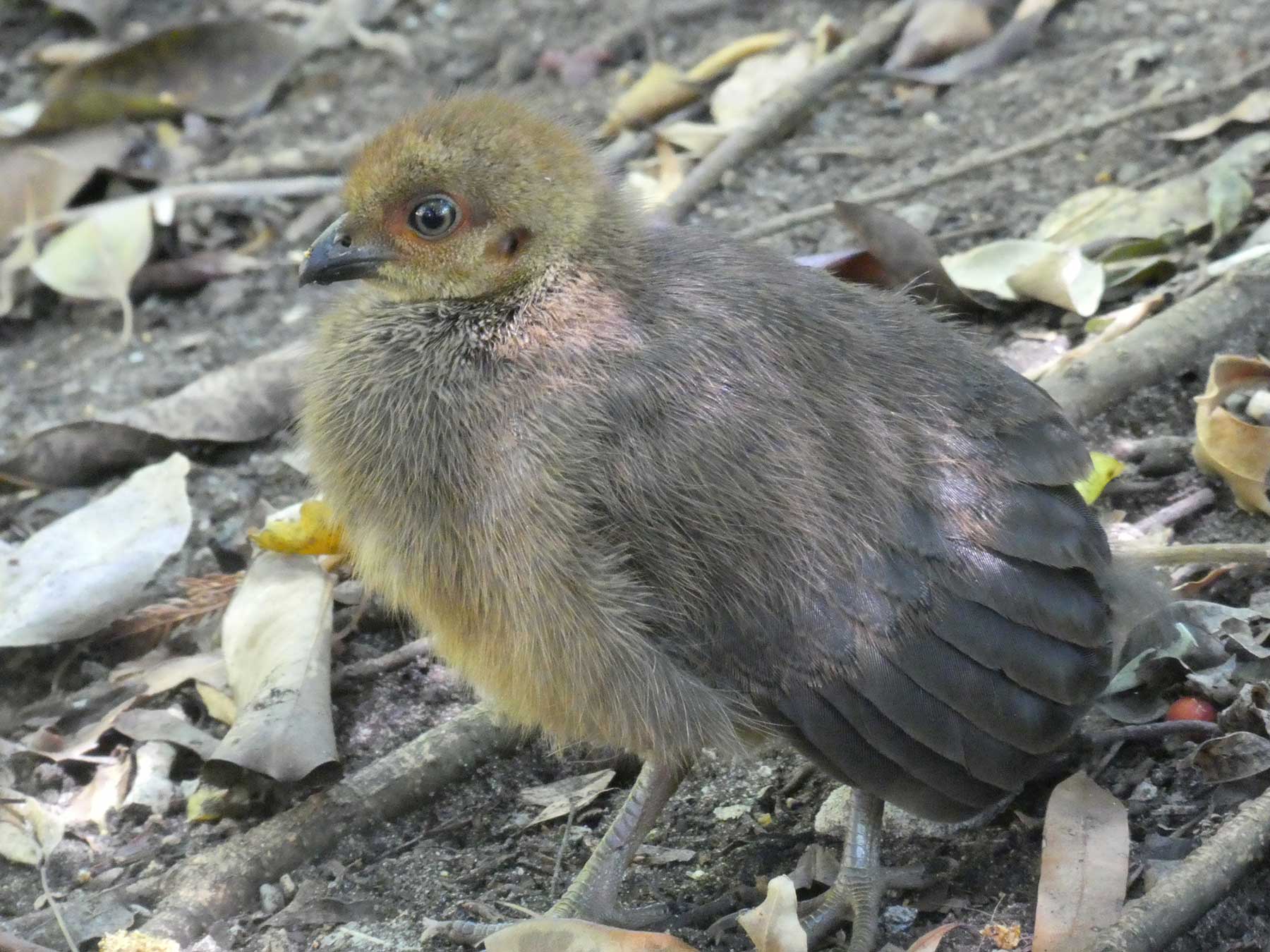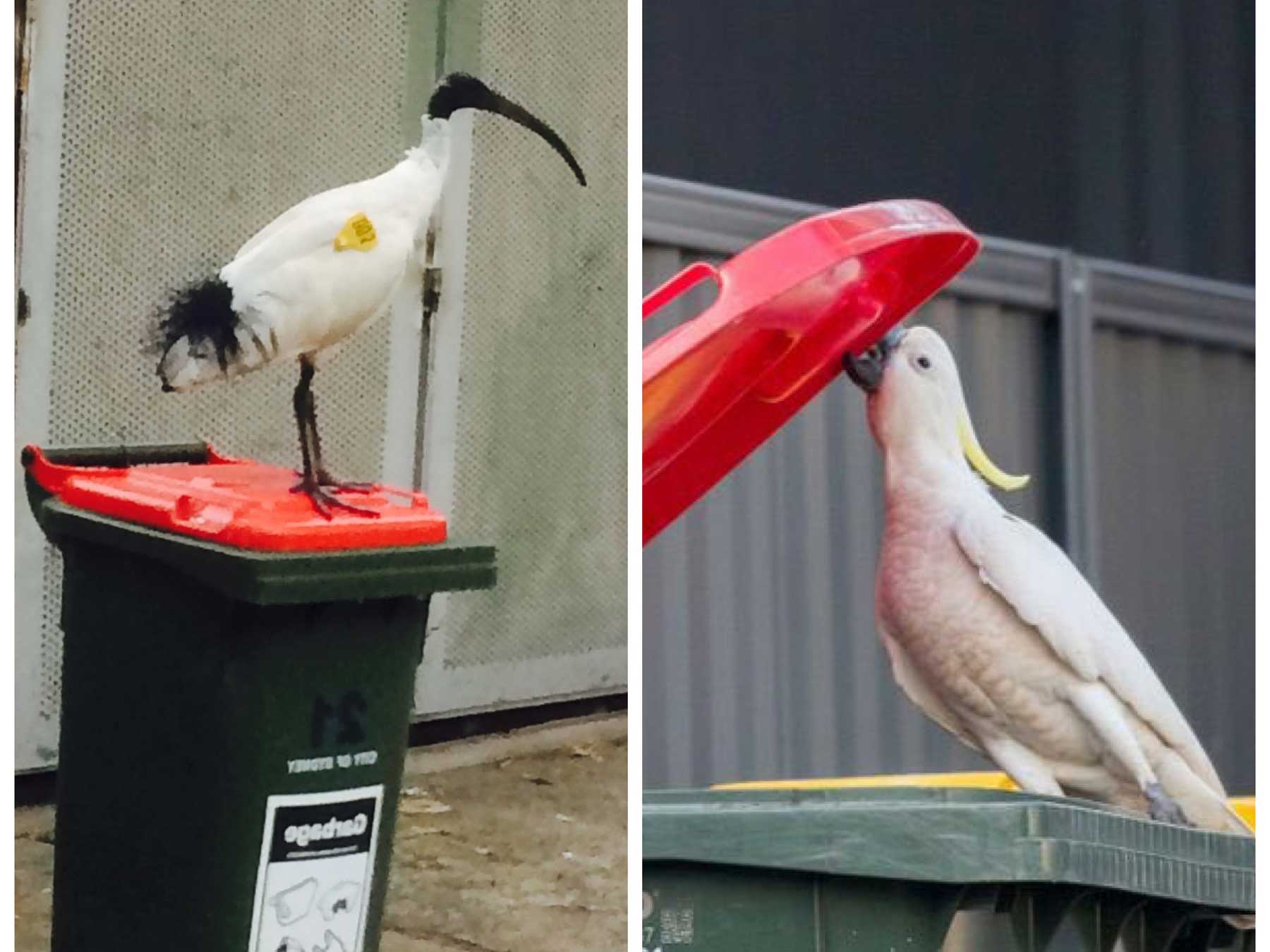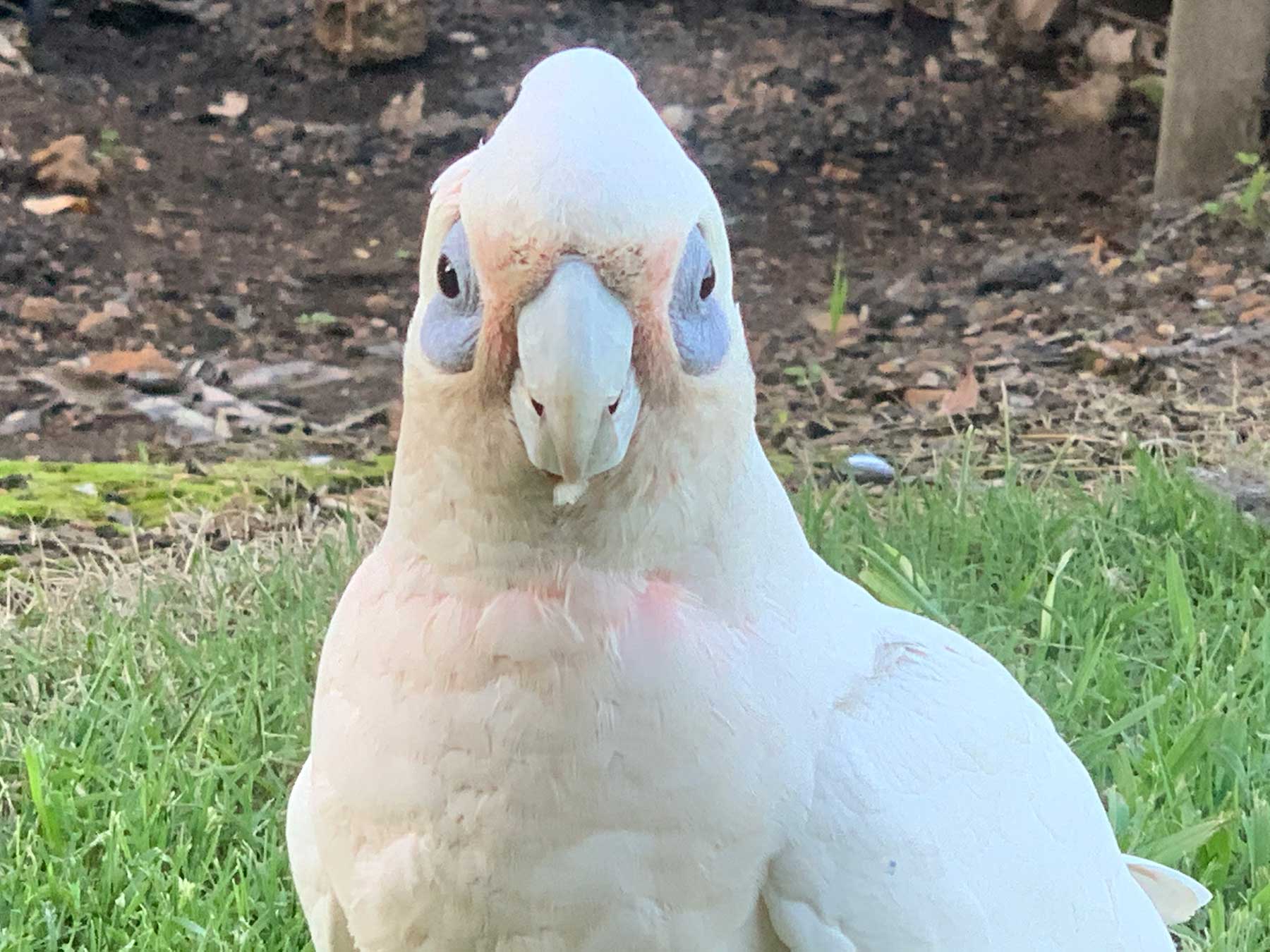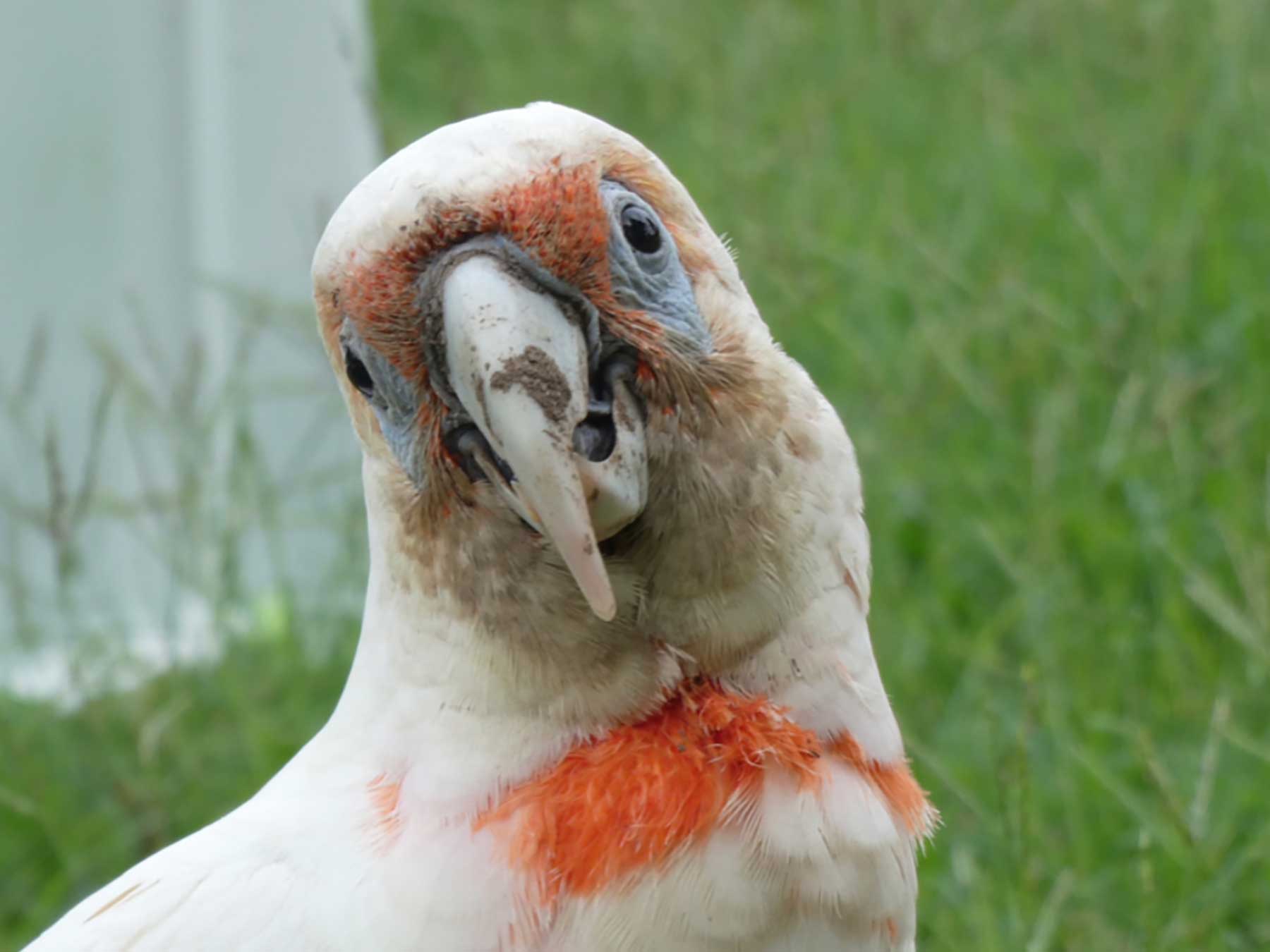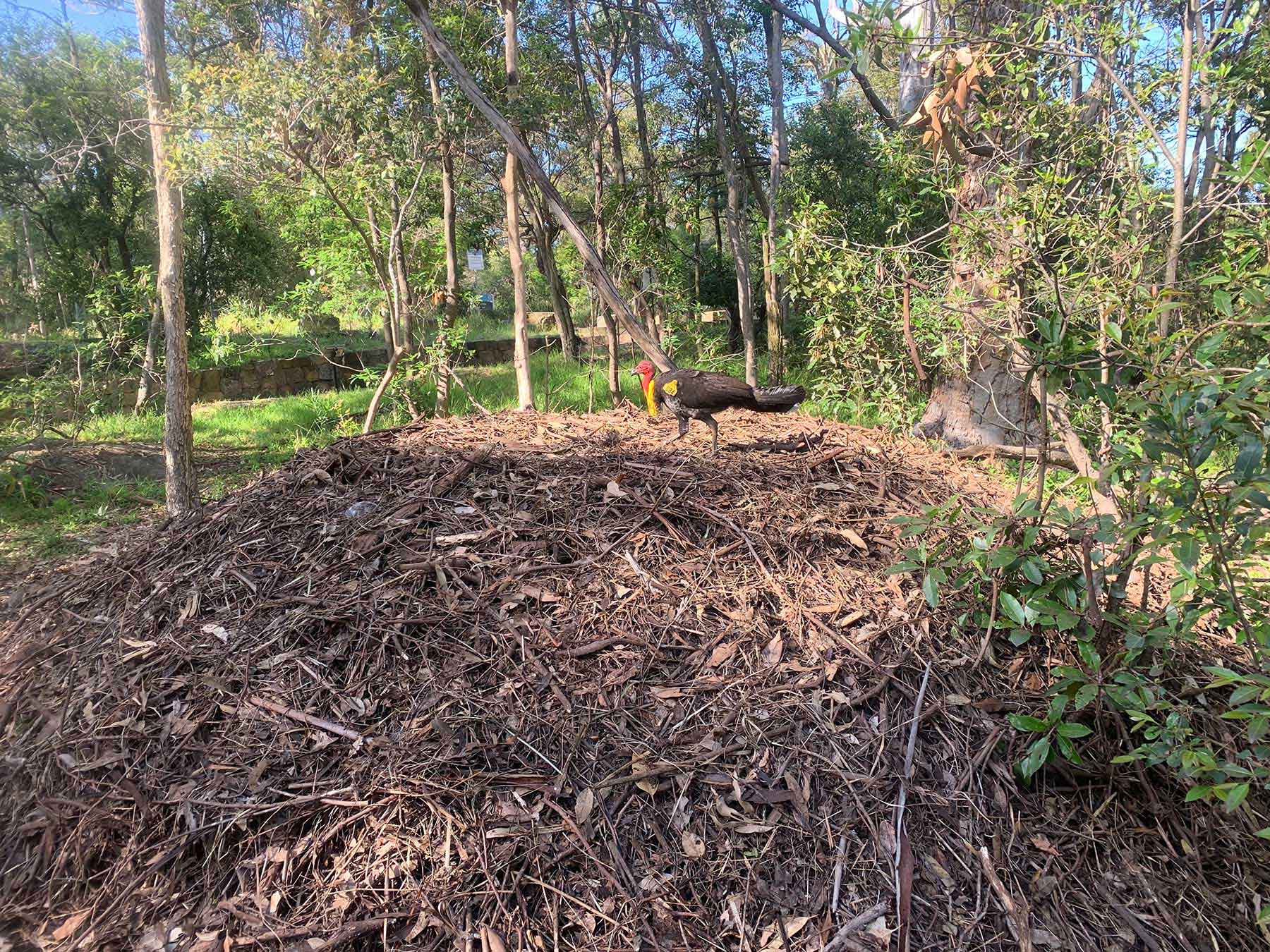About the project
We humans are capable of dramatically altering the landscape. Cities are a familiar and extreme example of this change. Intriguingly, some animals can adapt to these changed environments by flexibly changing their behaviour. Big City Birds aims to learn more about some of these species and their behavioural adaptations.
Big City Birds - Adapting to Change
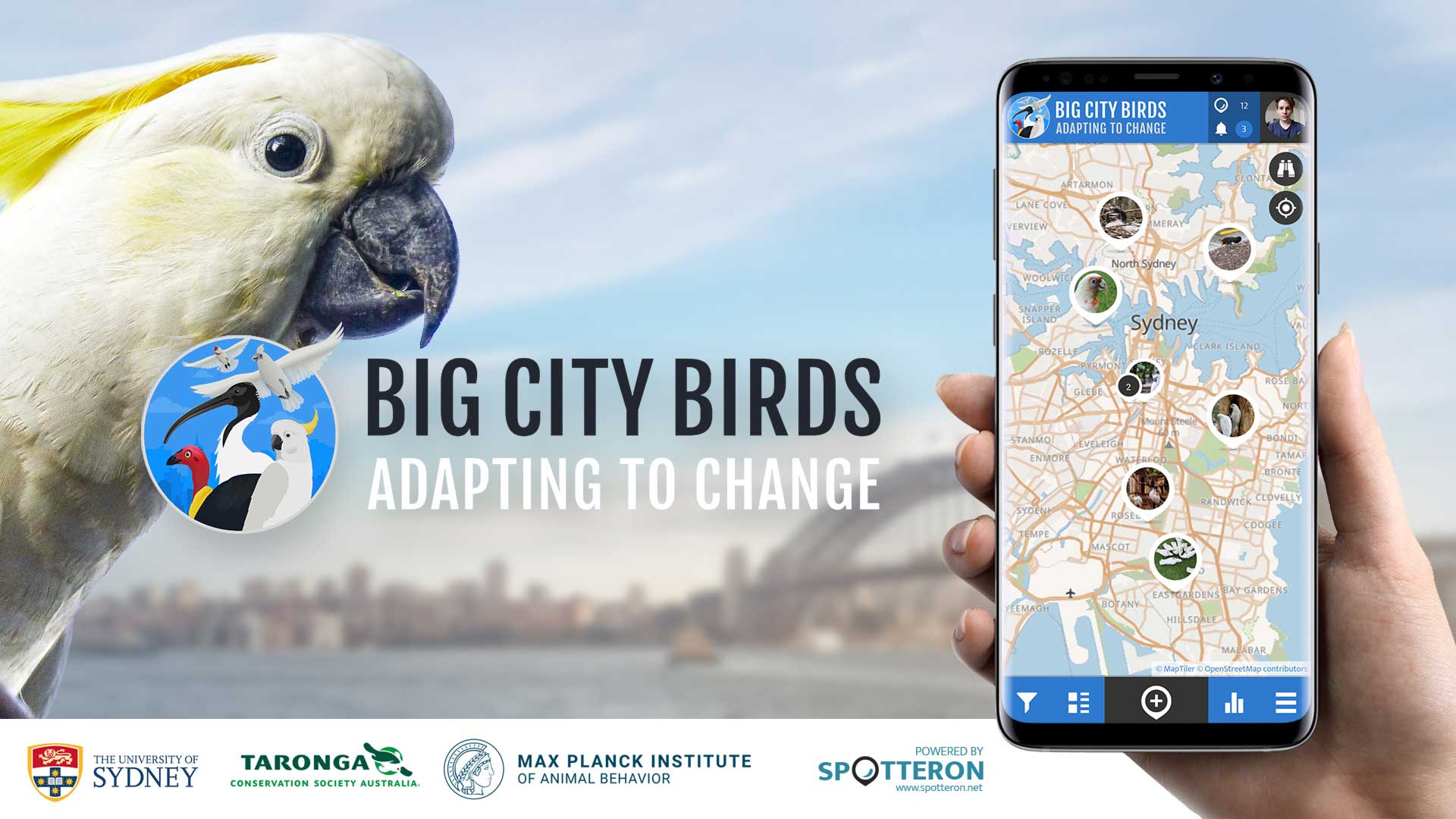
The project focuses on five bird species: Sulphur-crested Cockatoo, Australian Brush-turkey, Australian White Ibis, Little Corella, and Long-billed Corella. Additional species can be reported by selecting "other".
The five focal species have all been observed adapting to human modified areas (e.g. cities and farms), and are increasing their population in urban areas. Occasionally these species are considered a nuisance, yet they are all Australian native birds that are doing their best to survive in human altered landscapes.
This project aims to engage the general public and keen bird watchers to report sightings using the Big City Birds app or website. Their whereabouts, behaviours, communal roosts, and nest sites are of interest to researchers at the Max Planck Institute of Animal Behavior, Taronga Conservation Society Australia, and The University of Sydney.
The data collected will help scientists understand these species’ behaviour, movement, reproduction, distribution, and habitat use in suburban areas. We aim to use this information to help understand the behavioural traits that have allowed some species to adapt to the challenges and opportunities of city living.
